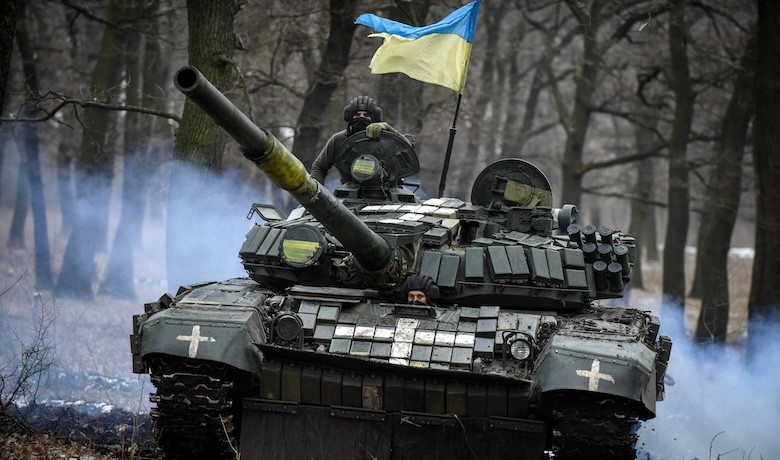Analyzing the Current State of the Russian Ukraine War

Introduction
The Russian Ukraine War, which began in February 2022, has evolved into one of the most significant conflicts in recent history, shaping geopolitical dynamics and international relations. Its importance cannot be overstated, as the war has far-reaching consequences not just for the nations directly involved, but also for global stability, economic patterns, and humanitarian issues. As of 2023, the war continues to pose challenges that demand attention from governments and international organisations alike.
Current Developments and Key Facts
As of October 2023, the conflict remains intense, with escalation in various regions of Ukraine. Recent reports indicate that Ukrainian forces have launched successful counteroffensives aimed at reclaiming territory occupied by Russian troops. The situation is exacerbated by ongoing airstrikes and artillery exchanges, especially in eastern Ukraine, which contribute to significant civilian casualties and infrastructure damage.
The international response has been robust, with Western nations, particularly those in NATO, providing military and financial support to Ukraine. This support includes advanced weaponry and training for Ukrainian soldiers, all aimed at strengthening Ukraine’s defence capabilities. Concurrently, sanctions against Russia continue to be imposed, designed to cripple its economy and limit its ability to sustain military operations.
Humanitarian Impact
Beyond the battlefield, the humanitarian crisis has grown increasingly dire. Millions of Ukrainians have been displaced as a result of the war, with many seeking refuge in neighbouring countries or within safer regions of Ukraine. The United Nations reports that over 7 million people have been internally displaced and more than 8 million have fled to other countries. Humanitarian aid organisations have mobilised efforts to provide food, shelter, and medical assistance, but the need is vast and resources are being stretched thin.
Looking Ahead
As the war drags on, uncertainty remains about its resolution. Analysts predict that the conflict could continue into 2024 and beyond, especially given Russia’s ongoing recruitment for military operations and the ongoing support Ukraine receives from its allies. A diplomatic solution appears increasingly complex, with both sides holding firm in their demands.
The implications of this war are significant not just for Europe but globally, influencing energy prices, security pacts, and humanitarian strategies worldwide. For readers, it is crucial to stay informed about developments in the Russian Ukraine War, as it will likely shape international relations and security policies for years to come.




